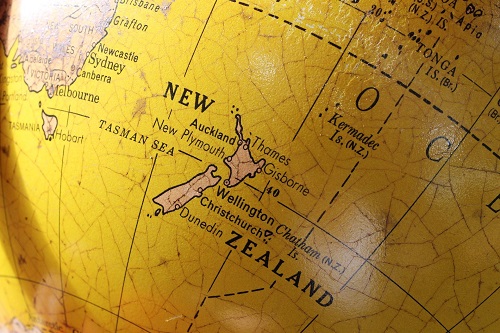Source: University of Waikato
A social atlas developed at the University of Waikato is the first of its kind in New Zealand – and researchers say it paints a unique picture of our changing demographics.
The New Zealand Atlas of Population Change is a publicly available tool that helps people understand where and how the country’s population is changing.
It has been developed as part of an MBIE-funded research programme, Capturing the Diversity Dividend of Aotearoa/New Zealand (CaDDANZ).
“Diversity is about much more than just ethnic diversity,” says Dr Natalie Jackson, demographer and research associate at the University of Waikato.
Dr Jackson co-developed the atlas with Waikato University colleague Dr Lars Brabyn as part of the six-year CaDDANZ project.
“What we’ve looked at is spatial diversity – how the population is growing or declining across the country, and the composition of those changes. For example, what proportion of population growth in an area is due to net migration versus natural increases,” Dr Jackson explains.
She says that when the project began, New Zealand was one of the few developed countries that didn’t have a social atlas.
“With increasing demand for evidence-based policy, we saw a huge need for a tool like this to help policy and decision makers,” she says.
“What makes the atlas so unique is that we’ve taken the raw data and converted it into indices that are meaningful and understandable,” adds Dr Brabyn.
A Geographical Information Systems expert and senior lecturer at the university, he says a lot of time was invested in creating user-friendly maps and charts that “join the dots” for people.
“The atlas enables users to get a national, regional and local perspective on a common platform – using the same metrics, so you can actually compare apples with apples,” he says.
“A great feature is that anyone can visit the site and see what is happening in their own town or area.”
So what are some of the insights to be gained from the data, and how can that knowledge be put to use?
“Think for example of a council doing urban planning. They need to understand population projections in order to accurately direct services, facilities and resources,” says Dr Jackson.
“It’s not just about the size of the population, but also the composition. For example, if you have a declining youth population, you’re not going to invest in building more schools or playgrounds.”
Dr Jackson says the atlas provides a range of time-series data which can help local government, service providers and planners to identify trends and changes in their area.
She uses the working age population as an example.
“Models show that natural growth is seriously slowing down for the 20 – 64 age group, meaning our working age population is projected to significantly decline in the next two decades,” she says.
“Future growth will increasingly depend on migration at these ages.”
The map below illustrates which parts of New Zealand are likely to be most affected, with blue shades indicating a decline.
“The range of information available on the website is hugely powerful, and it was important to us to make it accessible to the public so that everyone can reap the benefits,” concludes Dr Jackson.
The New Zealand Atlas of Population Change is available at socialatlas.waikato.ac.nz
For more information about the Capturing the Diversity Dividend of Aotearoa/New Zealand (CaDDANZ) research project, click here.



